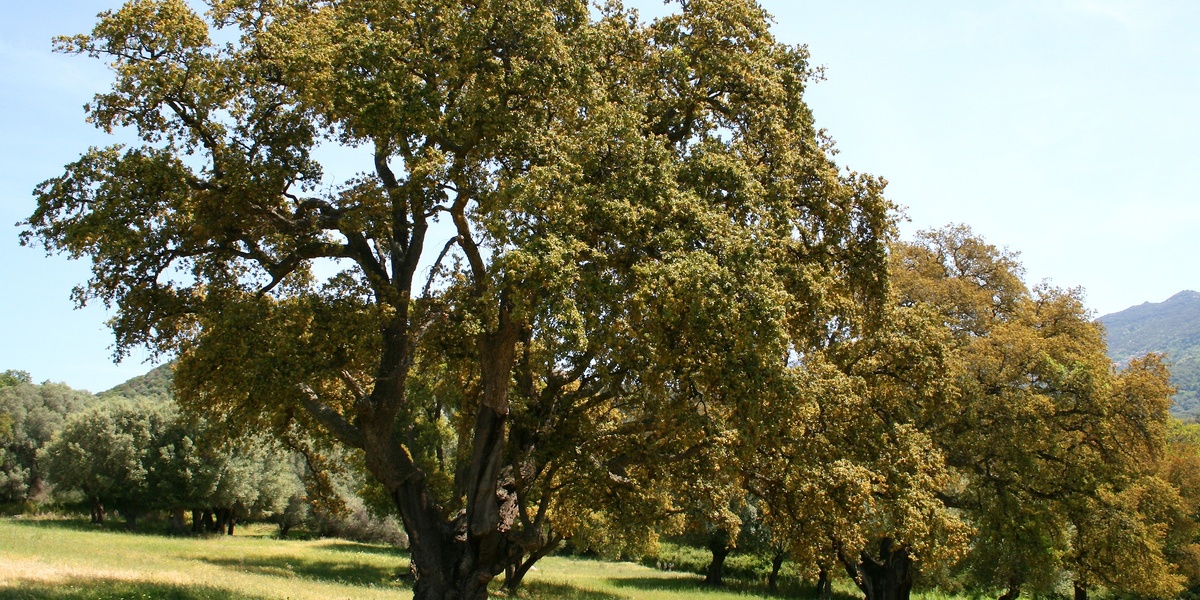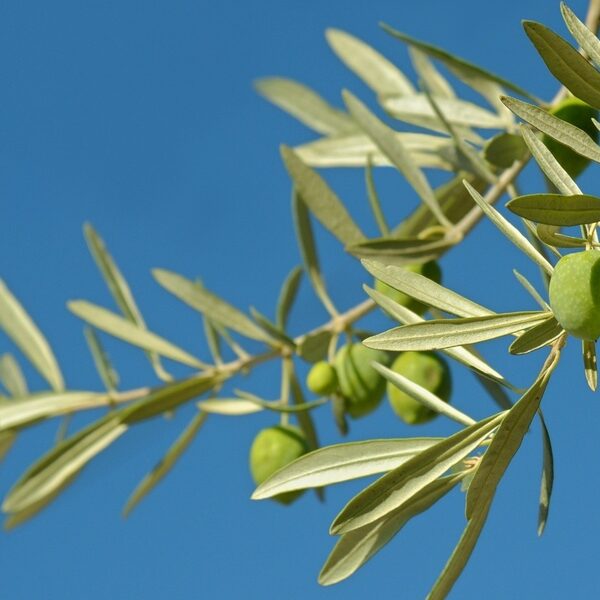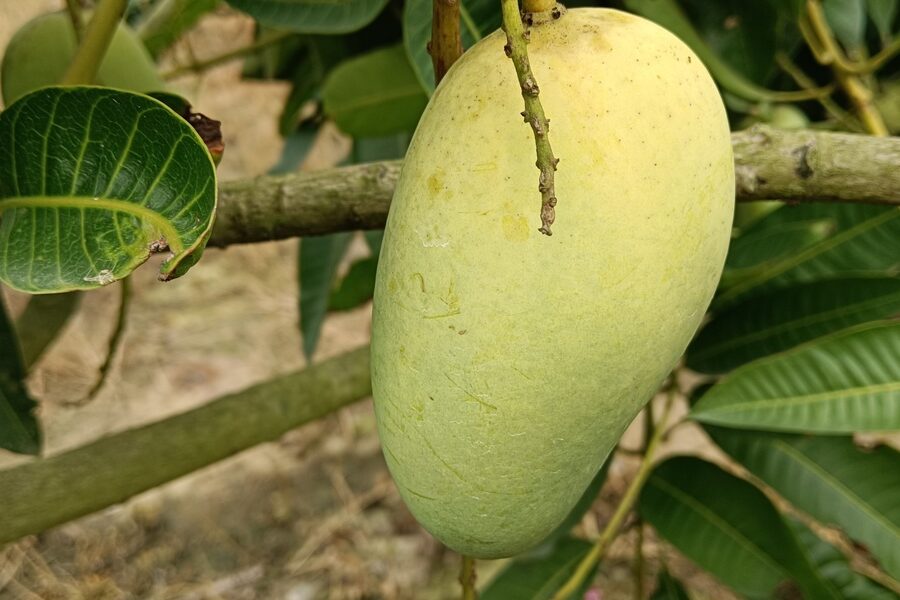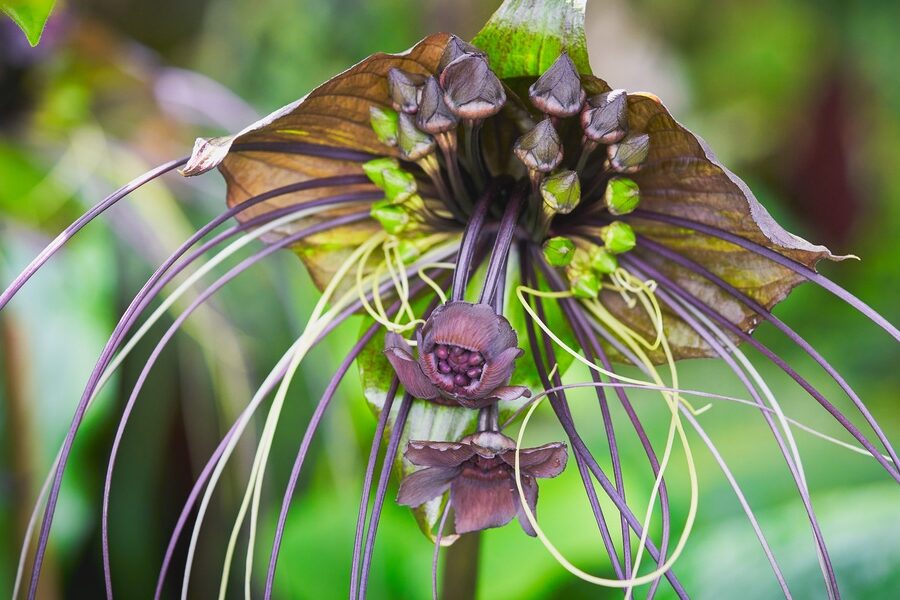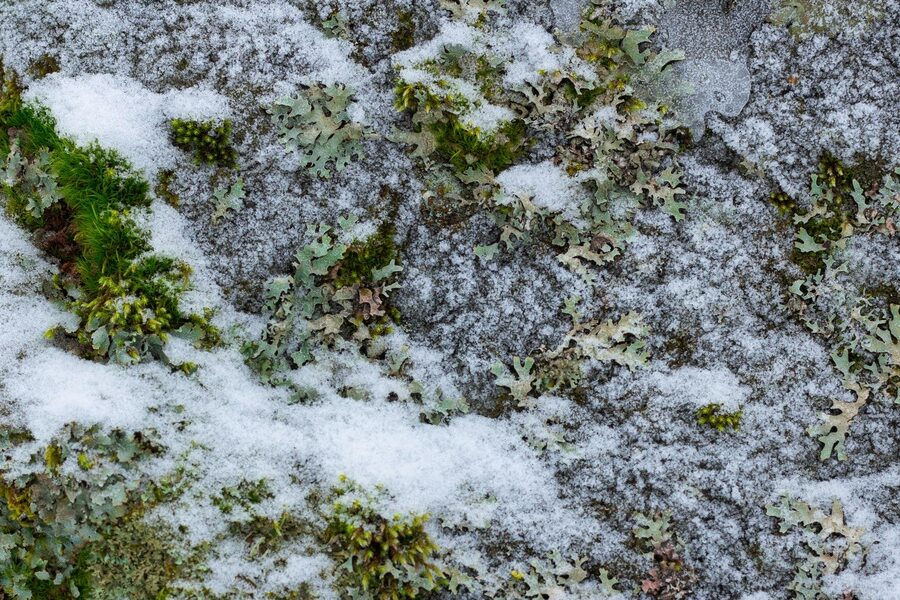Portugal’s varied landscapes — Atlantic coastlines, sun‑baked plains and mountain valleys — support a wide mix of trees, shrubs and wildflowers. Whether you enjoy hiking, gardening or nature study, knowing which species appear where makes exploring more rewarding.
There are 50 Plants of Portugal, ranging from Almond to Willow. For each entry the list provides Scientific name,Native status,Habitat / region — details you’ll find below.
Are most of these species native to Portugal or introduced?
The list includes both native and introduced species; the Native status column shows which is which. Native plants tend to dominate natural habitats like scrublands and montane areas, while introduced or naturalized species are often found in disturbed sites, cultivated landscapes or urban settings.
Where are the best places to observe a wide selection of these species?
Look to varied habitats: coastal cliffs and dunes, Mediterranean scrub, river valleys and mountain reserves (for example Serra da Estrela or coastal Ria systems). Botanical gardens and local nature reserves also concentrate species and offer identification signage, and visiting in the flowering seasons improves chances of clear identification.
Plants of Portugal
| Name | Scientific name | Native status | Habitat / region |
|---|---|---|---|
| Cork oak | Quercus suber | Native | Mediterranean woodlands,Alentejo |
| Holm oak | Quercus ilex | Native | Mediterranean woodlands,north and south |
| Portuguese oak | Quercus faginea | Native | Woodlands,central Portugal |
| Maritime pine | Pinus pinaster | Native | Coastal sands,central and south |
| Stone pine | Pinus pinea | Native | Coastal areas,parks,south |
| Eucalyptus blue gum | Eucalyptus globulus | Introduced naturalized | Plantations across mainland |
| Olive | Olea europaea | Cultivated/native wild forms | Groves,Alentejo,Algarve |
| Strawberry tree | Arbutus unedo | Native | Maquis,coastal,Sintra |
| Tree heath | Erica arborea | Native | Heathlands,montane,coastal |
| Azores heather | Erica azorica | Native endemic | Heath and uplands,Azores |
| Rockrose | Cistus ladanifer | Native | Open scrub,south and central |
| Lavender | Lavandula stoechas | Native | Coastal heaths,Algarve |
| Rosemary | Salvia rosmarinus | Native | Coastal,dry soils |
| Bay laurel | Laurus nobilis | Native | Woodlands,gardens |
| Azores laurel | Laurus azorica | Native (Azores) | Laural forests,Azores |
| Pride of Madeira | Echium candicans | Endemic (Madeira) | Coastal cliffs,Madeira |
| Azores juniper | Juniperus brevifolia | Endemic (Azores) | Laural forests,Azores |
| Viñátigo | Persea indica | Native (Macaronesia) | Laural forests,Madeira |
| Faya | Myrica faya | Native (Macaronesia) | Laural forests,Azores,Madeira |
| Mimosa | Acacia dealbata | Introduced naturalized | Woodlands,margins,mainland |
| Pampas grass | Cortaderia selloana | Introduced invasive | Roadsides,dunes,gardens |
| Camellia | Camellia japonica | Introduced widely cultivated | Gardens,north Portugal |
| Hydrangea | Hydrangea macrophylla | Cultivated | Northern gardens,Madeira |
| Grapevine | Vitis vinifera | Cultivated | Douro,Alentejo,Dão |
| Sunflower | Helianthus annuus | Cultivated | Fields,summer crop |
| Almond | Prunus dulcis | Cultivated | Algarve,inland orchards |
| Fig | Ficus carica | Cultivated naturalized | Villages,gardens,coast |
| Chestnut | Castanea sativa | Naturalized cultivated | Northern mountains |
| Portugal laurel | Prunus lusitanica | Native | Hedgerows,woodland margins,gardens |
| Wild thyme | Thymus mastichina | Native | Dry hills,central and south |
| Marram grass | Ammophila arenaria | Native | Coastal dunes,entire coast |
| Glasswort | Salicornia europaea | Native | Saltmarshes,estuaries,coast |
| Sea thrift | Armeria maritima | Native | Coastal cliffs,beaches |
| Rock samphire | Crithmum maritimum | Native | Rocky coasts,Algarve |
| Sea daffodil | Pancratium maritimum | Native | Sandy beaches,Algarve |
| Sea lavender | Limonium vulgare | Native | Salt marshes,coasts |
| Bee orchid | Ophrys apifera | Native | Grasslands,meadows,open woods |
| Mastic | Pistacia lentiscus | Native | Maquis,coastal scrub |
| Terebinth | Pistacia terebinthus | Native | Woodlands,central Portugal |
| Century plant | Agave americana | Introduced naturalized | Coastal gardens,Algarve |
| Prickly pear | Opuntia ficus-indica | Introduced naturalized | Coastal slopes,Algarve |
| Canary Island date palm | Phoenix canariensis | Introduced cultivated | Parks,streets,coast |
| Willow | Salix alba | Native | Riverbanks,wetlands |
| Black poplar | Populus nigra | Native | Riverbanks,alluvial plains |
| Common reed | Phragmites australis | Native | Marshes,estuaries |
| Gorse | Ulex europaeus | Native | Heaths,open scrub |
| Spanish broom | Spartium junceum | Native | Coastal slopes,scrub |
| Montpellier cistus | Cistus monspeliensis | Native | Dry scrub,coastal areas |
| Wild artichoke | Cynara cardunculus | Native | Dry fields,margins,Alentejo |
| Oleander | Nerium oleander | Native | Riversides,canal banks,coast |
Images and Descriptions
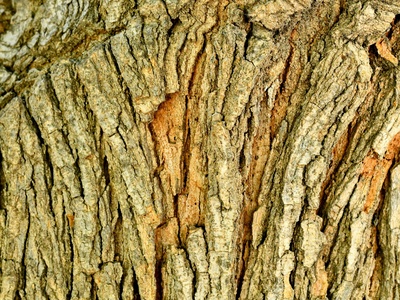
Cork oak
Evergreen oaks forming traditional montados; thick bark yields commercial cork. Trees reach medium height, support wildlife, flower in spring and fruit acorns. Central to rural economy and landscape aesthetics across southern Portugal.
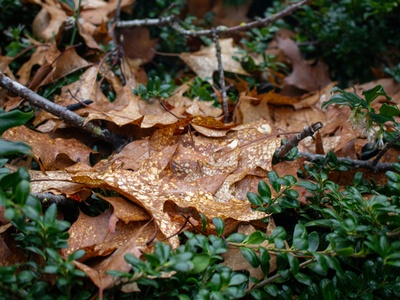
Holm oak
Evergreen broadleaf tree common in maquis and woodlands. Glossy leaves and dense crown provide shade; acorns feed wildlife. Tolerant of drought and poor soils, used historically for fuel, timber and as ornamental shelter trees.
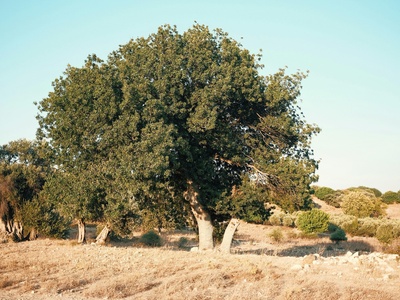
Portuguese oak
Medium deciduous or semi-evergreen oak of woodlands and hedgerows. Rough bark and lobed leaves; produces acorns that sustain wildlife. Often forms mixed forests with cork and holm oak; valued for local timber and biodiversity.
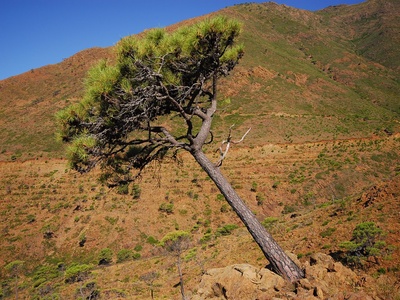
Maritime pine
Fast-growing pine dominating dunes and poor soils. Resinous bark historically tapped for naval products; timber and pulp plantations common. Adapted to fire-prone landscapes and important for erosion control along coastal regions.
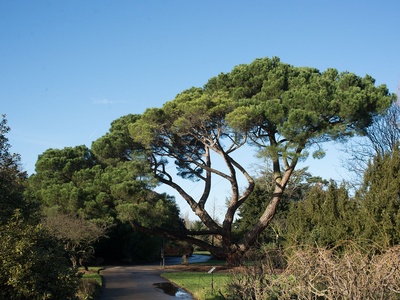
Stone pine
Iconic Mediterranean pine with umbrella crown and edible pine nuts. Grows in plantations and parks; produces large cones harvested for seeds. Ornamental and culturally significant, often seen along coasts and sandy soils.
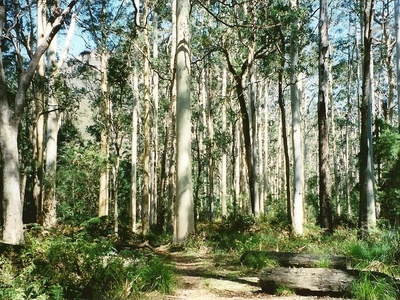
Eucalyptus blue gum
Fast-growing blue gum extensively planted for pulp and timber. Introduced from Australia, widely used in forestry but criticized for water use, fire risk and biodiversity impacts. Produces aromatic leaves and white flowers attracting insects.
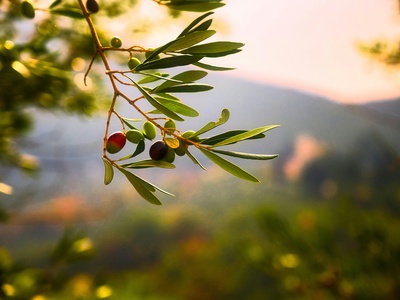
Olive
Ancient cultivated tree central to Portuguese agriculture and cuisine. Produces olives for oil and curing; can live many centuries. Silvery foliage, fragrant flowers in spring and gnarled trunks common in traditional agricultural landscapes.
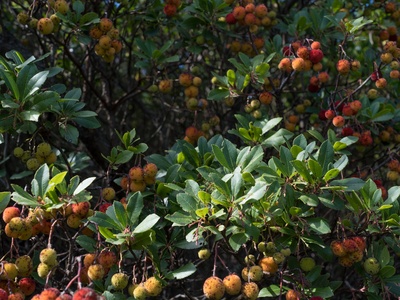
Strawberry tree
Evergreen shrub or small tree with white urn-shaped flowers and red-orange edible fruits. Fruits used for jams and distilled “medronho” brandy. Tolerant of poor soils, valued in ornamental plantings and natural scrub.
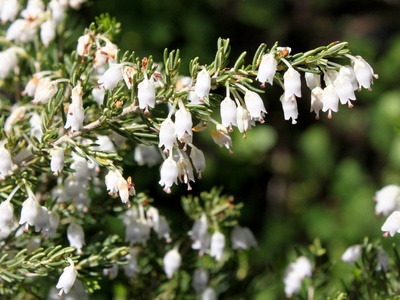
Tree heath
Evergreen shrubby heath with masses of white to pale-pink bell flowers in winter-spring. Common in heath and laurel-edge habitats; wood used for charcoals; important nectar source for bees and wildlife.
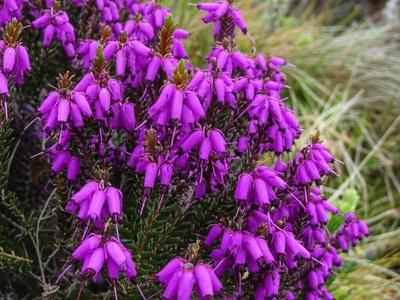
Azores heather
Shrub endemic to the Azores, forming purple-flowered heath on volcanic soils. Adapted to cool, humid island climates and important in native upland vegetation, supporting pollinators and island biodiversity.
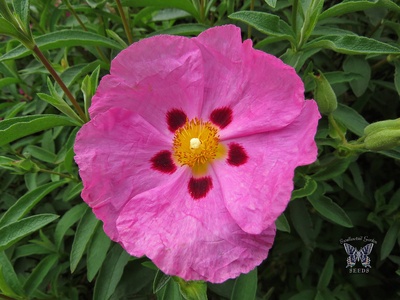
Rockrose
Resinous shrub with showy white flowers and dark blotches, common after fires or on degraded soils. Produces aromatic labdanum resin historically used in perfumery; colonizes open, sunny sites across central and southern Portugal.
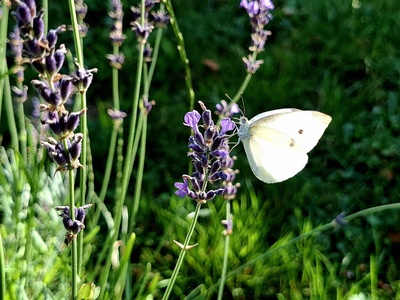
Lavender
Aromatic shrub with distinctive tufted purple flower heads and bracts. Flowers in spring-summer and used for scent, traditional remedies, and ornament. Tolerant of dry soils and common in coastal scrub and rocky habitats.
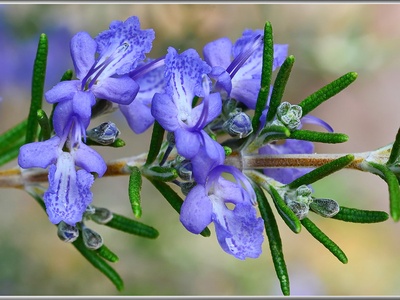
Rosemary
Fragrant evergreen shrub with needle-like leaves and blue flowers year-round. Widely used in cooking and horticulture; tolerant of drought and poor soils, often grown in gardens and found wild in Mediterranean scrub.
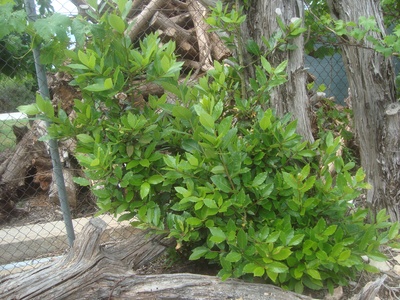
Bay laurel
Aromatic evergreen tree or shrub with glossy leaves used as culinary bay leaves. Grows in woodlands and gardens; bears small yellowish flowers and black berries. Historically significant in Mediterranean culture and cuisine.
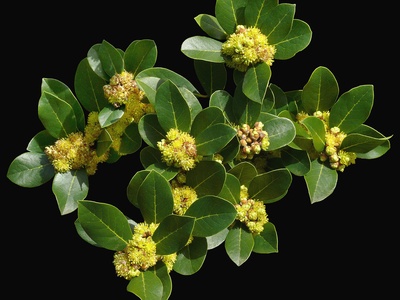
Azores laurel
Endemic laurel-tree of the Azores, forming dense stands in humid laurel forests. Evergreeen leaves are aromatic; key species in Macaronesian cloud forests, supporting unique island ecosystems and endemic wildlife.
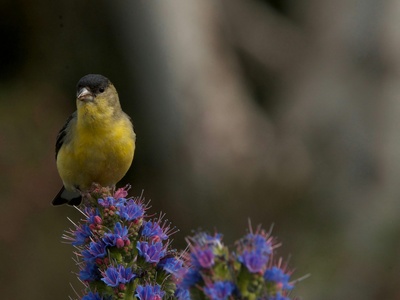
Pride of Madeira
Striking perennial with tall spikes of vivid blue to purple flowers and hairy stems. Endemic to Madeira and popular in gardens for pollinators. Drought tolerant and notable for dramatic spring-summer displays on cliffs and slopes.
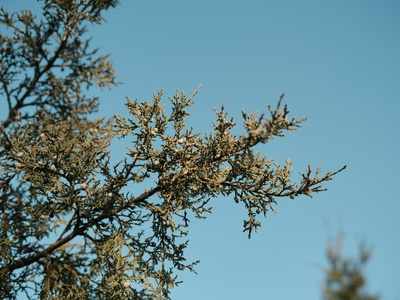
Azores juniper
Conifer endemic to the Azores, often forming part of native laurel forest. Smallish, wind-shaped trees with scale-like foliage and blue berries; important for island forest structure and rare in fragmented habitats.
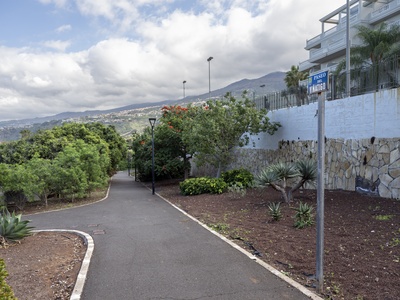
Viñátigo
Evergreen tree related to the avocado, native to Madeira and Canary Islands. Glossy leaves and small flowers contribute to humid laurel forests; historically used locally and now valued for conservation of laurel habitats.
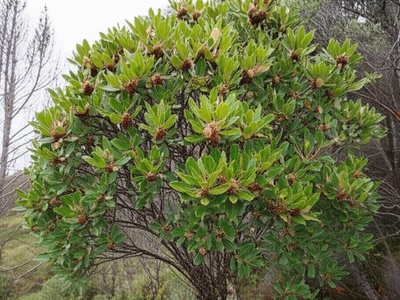
Faya
Shrub or small tree common in Macaronesian laurel woodlands. Nitrogen-fixing species that can alter soil nutrient cycles; produces fragrant catkins and small fruits. Important element of island forest recovery and ecology.
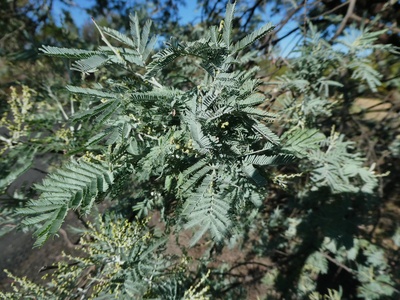
Mimosa
Fast-growing Australian tree with bright yellow winter flowers, widely planted as an ornamental and for forestry. Naturalized and invasive in some areas, forming dense stands that alter native plant communities and fuel wildfires.
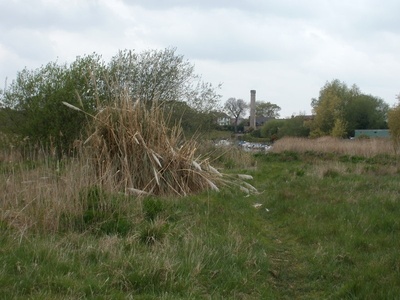
Pampas grass
Tall ornamental grass with feathery plumes; widely planted and often escapes cultivation. Can form dense stands that displace native vegetation, particularly along coasts and disturbed habitats. Striking in gardens but considered invasive locally.
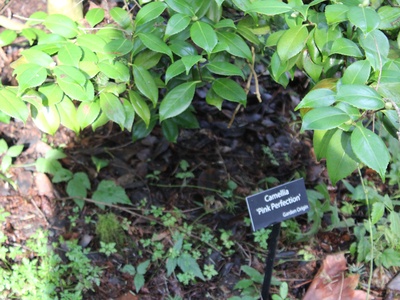
Camellia
Popular ornamental shrub with glossy evergreen leaves and large showy flowers in winter and spring. Thrives in milder, humid north Portugal gardens and historic estates; many cultivars displayed at local flower festivals.
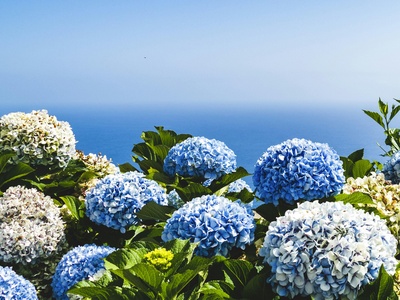
Hydrangea
Shrub with large mophead clusters that change color with soil acidity. Common in northern gardens and coastal areas, flowering in summer; valued for dramatic summer displays and shaded garden borders.
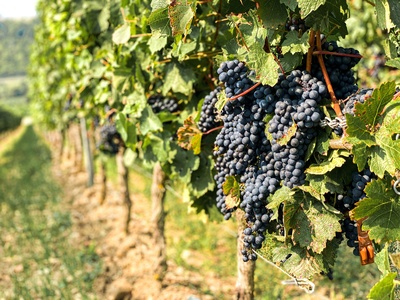
Grapevine
Perennial vine cultivated for wine and table grapes across Portugal’s famous wine regions. Varieties adapted to varied microclimates produce port, table and regional wines. Trained vines and terraced slopes are cultural landscape features.
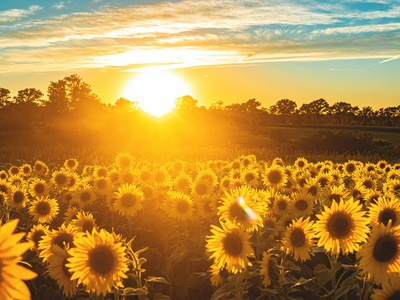
Sunflower
Annual crop with large yellow flower heads that follow the sun. Grown for seeds and oil across warm agricultural regions; bright late-summer displays and widely cultivated in rotation and small farms.
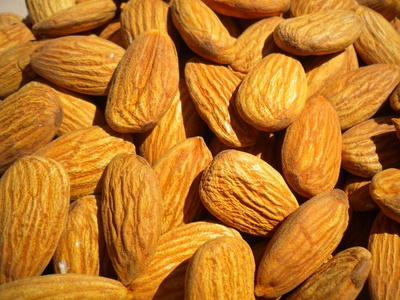
Almond
Small deciduous tree producing spring blossoms and edible nuts valued in Portuguese cuisine and confectionery. Early-spring blossoms create attractive displays; trees tolerate dry soils and are important in traditional orchard systems.
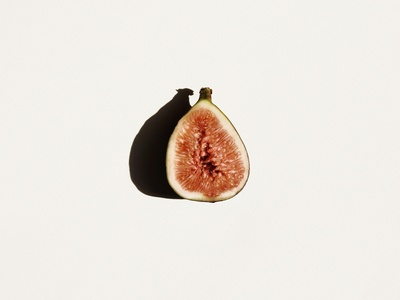
Fig
Small tree grown for sweet, variable fruits eaten fresh or dried. Can be long-lived and often cultivated in home gardens and terraces; tolerant of dry conditions and integral to rural food traditions.
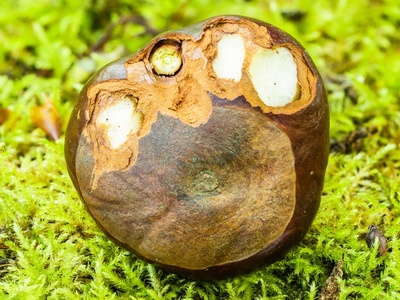
Chestnut
Large deciduous tree historically important for timber and chestnut harvests. Produces edible nuts in autumn; valued cultural and economic tree in northern Portugal with ancient coppices and chestnut groves supporting festivals.
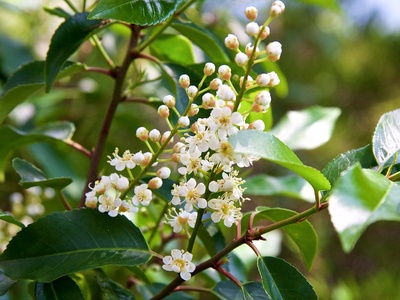
Portugal laurel
Evergreen shrub or small tree with glossy leaves and clusters of scented white flowers; common in hedges and laurel-type woodlands. Attractive for privacy screens and tolerant of moist Atlantic climates.
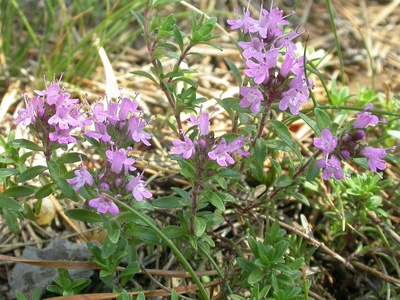
Wild thyme
Aromatic low shrub with small pale flowers used in cooking and herbal teas. Tolerant of rocky soils and drought, supporting pollinators and often found in Mediterranean scrub and dry slopes.
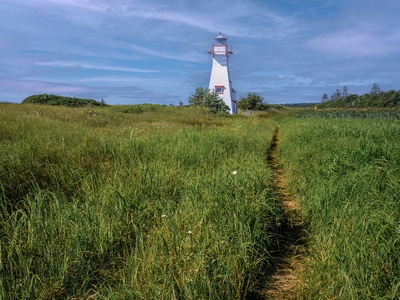
Marram grass
Robust dune grass that stabilizes sand and prevents coastal erosion. Forms dense tussocks with long rhizomes, trapping windblown sand. Essential for dune conservation and common along Portugal’s sandy shores.
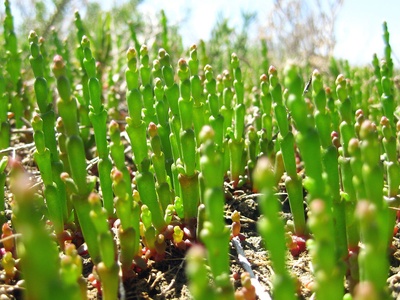
Glasswort
Succulent halophyte adapted to saline soils, forming low mats in saltmarshes and tidal flats. Edible shoots were traditionally preserved or eaten; important habitat for birds and salt marsh ecology.
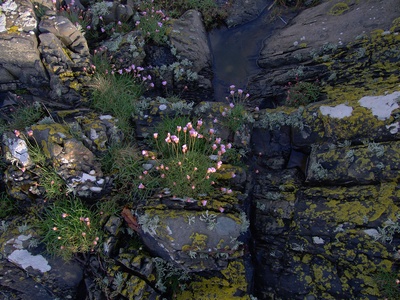
Sea thrift
Tough perennial with dense tussocks and globe-shaped pink flower heads that flower in spring-summer. Tolerant of salt spray and poor soils, commonly seen on rocky shores and clifftops around Portugal’s coast.
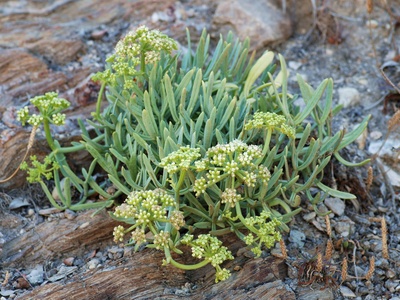
Rock samphire
Fragrant, edible coastal herb with fleshy leaves and yellow-green flowers. Grows in rock crevices and seashore cliffs; traditional coastal food and ingredient, harvested for pickles and flavoring seafood dishes.
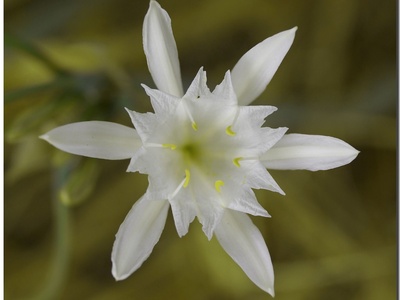
Sea daffodil
Elegant white, fragrant lily of sand dunes with large strap-like leaves and summer blooms. Vulnerable to beach disturbance and coastal development, protected in many areas and admired for its seaside beauty.
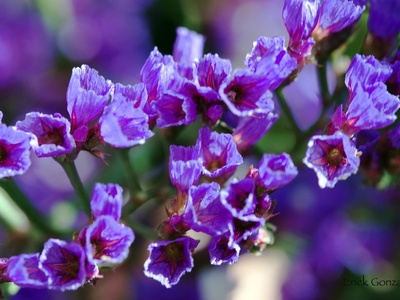
Sea lavender
Perennial with papery, long-lasting flowers in salt-tolerant communities. Provides color in coastal marshes and salt flats; flowers used in dried arrangements. Important for coastal biodiversity and bird feeding habitats.
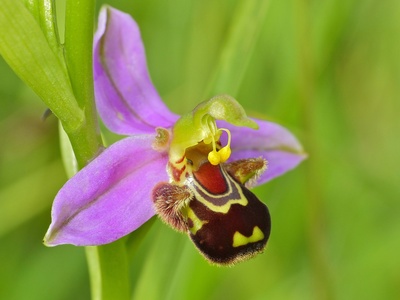
Bee orchid
Striking terrestrial orchid that mimics a female bee to attract pollinators. Blooms in spring with distinctive patterned flowers; valued by wildflower enthusiasts and found in unimproved grasslands and roadside verges.
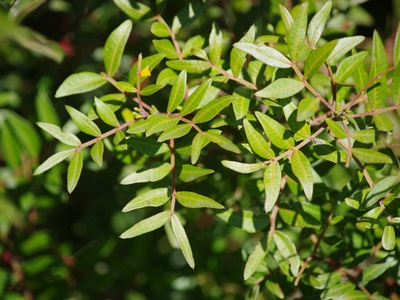
Mastic
Evergreen aromatic shrub with glossy pinnate leaves and red berries that turn black. Produces mastic-like resins and forms dense scrub on coastal slopes; commonly used in hedging and restoration plantings.
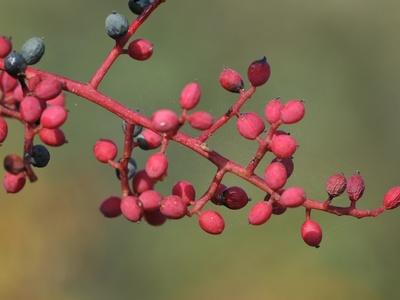
Terebinth
Deciduous small tree with resinous sap and pinnate leaves. Historically used for dye and resin; tolerates limestone soils and forms part of mixed Mediterranean woodlands, supporting wildlife and traditional uses.
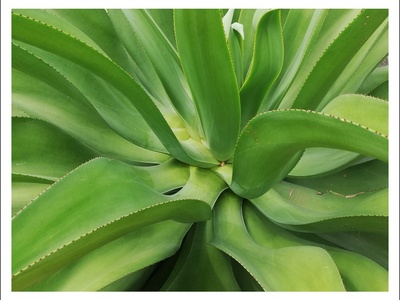
Century plant
Large succulent rosette commonly planted as an ornamental; sometimes naturalized in warm coastal areas. Produces dramatic tall flowering stalks once before dying; used for fiber and as striking xerophytic garden specimen.
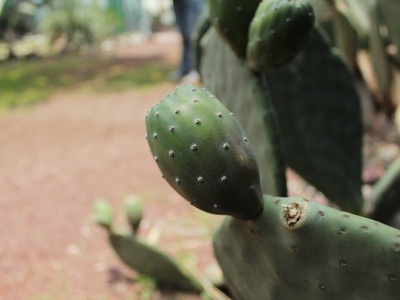
Prickly pear
Cactus producing edible sweet fruits (“figs”) and pads used as food or fodder. Widely planted and naturalized on dry, sunny sites; valued locally for fruits and resilience to drought.
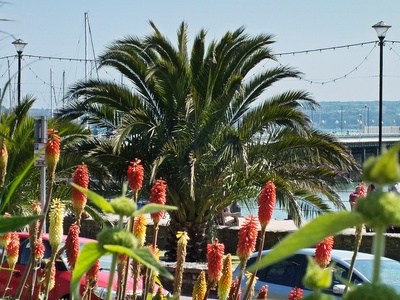
Canary Island date palm
Large decorative palm widely planted in Portuguese towns and coastal promenades. Adds exotic silhouette to landscapes; tolerates mild winter climates and is a hallmark of many Mediterranean-style gardens.

Willow
Fast-growing deciduous tree common along rivers and wet soils. Flexible stems used traditionally for basketry, supports bank stabilization and provides habitat for aquatic and riparian wildlife.
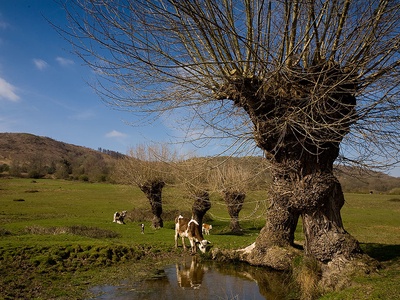
Black poplar
Tall, fast-growing riparian tree stabilizing riverbanks and floodplains. Produces cottony seeds in spring; historically used for timber and shelterbelts. Important for riverine biodiversity and floodplain ecosystems.
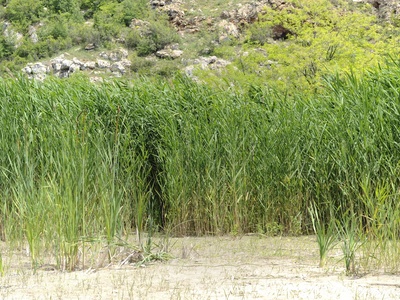
Common reed
Tall perennial reed forming dense stands in wetlands and estuaries. Provides nesting habitat for birds and filters water, but can dominate waterways when nutrient loads are high; common across Portuguese wetlands.
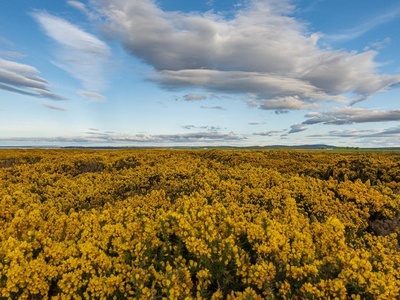
Gorse
Spiny shrub with bright yellow pea-flowers mainly in late winter–spring. Nitrogen-fixing and tolerant of poor soils; forms dense stands in heathlands and upland scrub, providing habitat and fuel for fires.
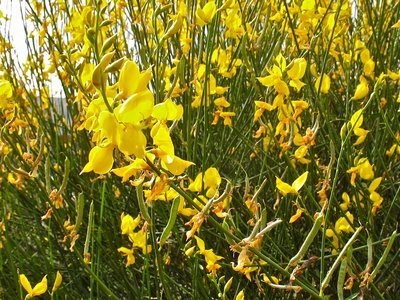
Spanish broom
Leafless, rush-like shrub with fragrant yellow pea-flowers in spring. Drought tolerant and common on sunny slopes and roadside banks; used historically for fibre and decorative masses in landscapes.
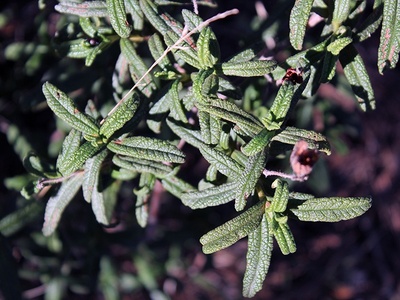
Montpellier cistus
Evergreen shrub with narrow leaves and fragrant white flowers blossoming in spring. Common in garrigue and coastal scrub, tolerant of poor soils and fires, often one of first species to recolonize open sites.
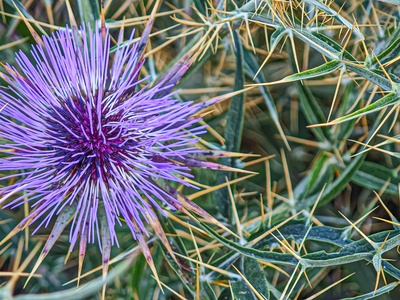
Wild artichoke
Thistle-like perennial with large edible flower buds and purple thistle blooms. Wild form is ancestor of cultivated artichoke, used locally as vegetable and fodder; tolerant of Mediterranean climates and improves soil.
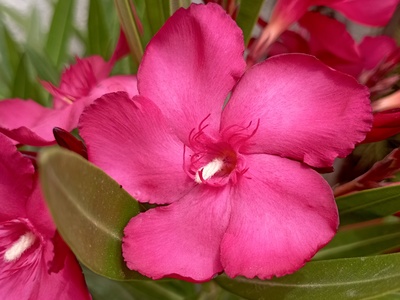
Oleander
Evergreen shrub with clusters of pink, white, or red tubular flowers. Common along watercourses and in warmer areas; widely used as ornamental but all plant parts are toxic if ingested.
